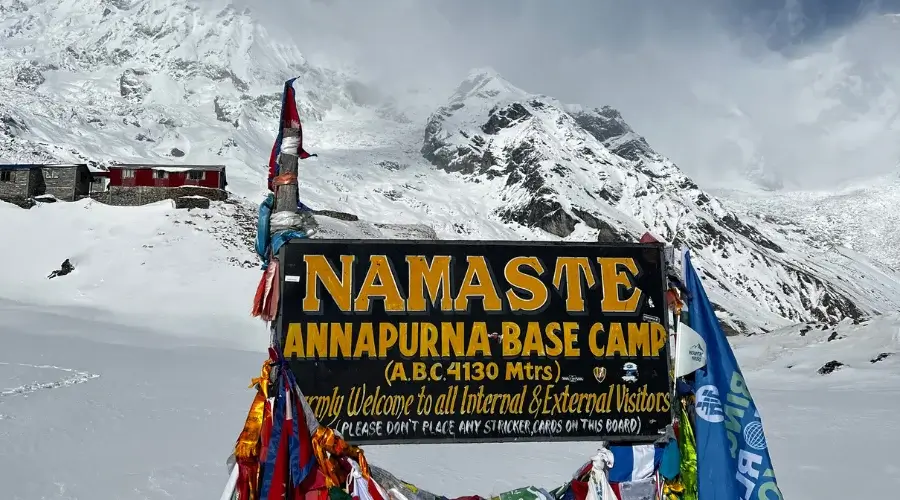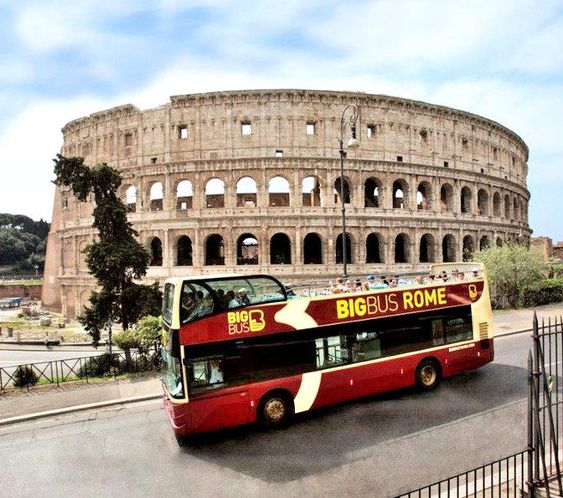Nepal is a country blessed with the world’s most majestic mountains. The country is the perfect geographical, historical, and cultural destination for tourists. Among these, Annapurna is one of the most exquisite yet difficult mountains that attracts numerous tourists and adventurers, including trekkers and climbers. The Annapurna is not just a single peak but a great massif that includes the world’s 10th highest peak, Annapurna I (8,091m/26,545ft), and several others that are above 7,000 meters. This is why Annapurna has been considered to be the Best Mountain in Nepal.
Majestic Beauty and Diversity
Scenic Splendor: Tourism in the Annapurna region has many terrains which include valleys, forest, meadow, and stunning views of snow-capped peaks. The dramatic changes in between fertile lowlands and high mountains presents an aesthetically pleasing view for visitors.
Biodiversity: Annapurna lies within Annapurna Conservation Area, which is the largest Conservation area of Nepa. This region is one of the richest in terms of numbers of species of wild plants and animals Many of these species are endangered, including the snow leopard and the red panda. The diverse ecosystem extends from subtropical dense forests to mountain deserts.
Trekking Paradise
Annapurna Circuit Trek: Frequently praised as one of the greatest trekking trails, the Annapurna Circuit offers an unmatched trekking experience. This trek passes through varied land structures, from agricultural fields to picturesque rural villages in the mountains reaching up to the Thorong La Pass (5,416m). The trek offers spectacular view of Annapurna I, Dhaulagiri, and other peak.
Annapurna Base Camp (ABC) Trek: Another popular trekking route is the ABC trek, leading the trekkers to the Annapurna I base camp. This is a shorter and less difficult compared to the Circuit Trek, making it one of the best options in the Annapurna region. The journey offers a breathtaking view of towering peaks, keeping you at its center.
Cultural Richness: The Annapurna is a home to diverse ethnic groups, including Thakali, Manange, Magar, and Gurung. Trekkers can experience the rich culture and traditions of these communities through their festivals, costumes, dance, and hospitality. The impressive blend of natural and cultural aspects can be a heart-whelming experience for tourists.
Mountaineering Challenges
Annapurna I: Annapurna I is the 10th largest mountain in the world and is 8,091 meters high and the most difficult mountain to climb. The southern face of the Annapurna I is notoriously famous for its steep and challenging landscape. However, this makes it popular with professional climbers who wants to test their worth in climbing one of the most difficult mountains.
Historical Significance: Annapurna I is among the world’s fourteen eight-thousanders and it was the first one to be climbed by a French expedition in 1950. This led to a new opening of adventure in mountaineering history and contributed further to the status of Annapurna as a climbers’ paradise.
Spiritual Significance
The word Annapurna itself means “Goddess of the Harvest”. Annapurna pose a religious significance and importance of local culture. Climbing and other religious activities are performed in its honor, and due to this fact, the mountain has gained its natural and spiritual importance.
Conclusion
Annapurna, with its majestic beauty, diverse landscapes, rich cultural heritage, and formidable mountaineering challenges, stands out as the best mountain in Nepal. Whether you are a trekker seeking scenic trails, a mountaineer aiming to conquer challenging peaks, or a traveler looking to immerse yourself in the natural and cultural richness of the Himalayas, Annapurna has it all for you. Its combination of natural supremacy, adventure, and cultural significance makes it a must-visit destination for anyone exploring the mountains of Nepal.








